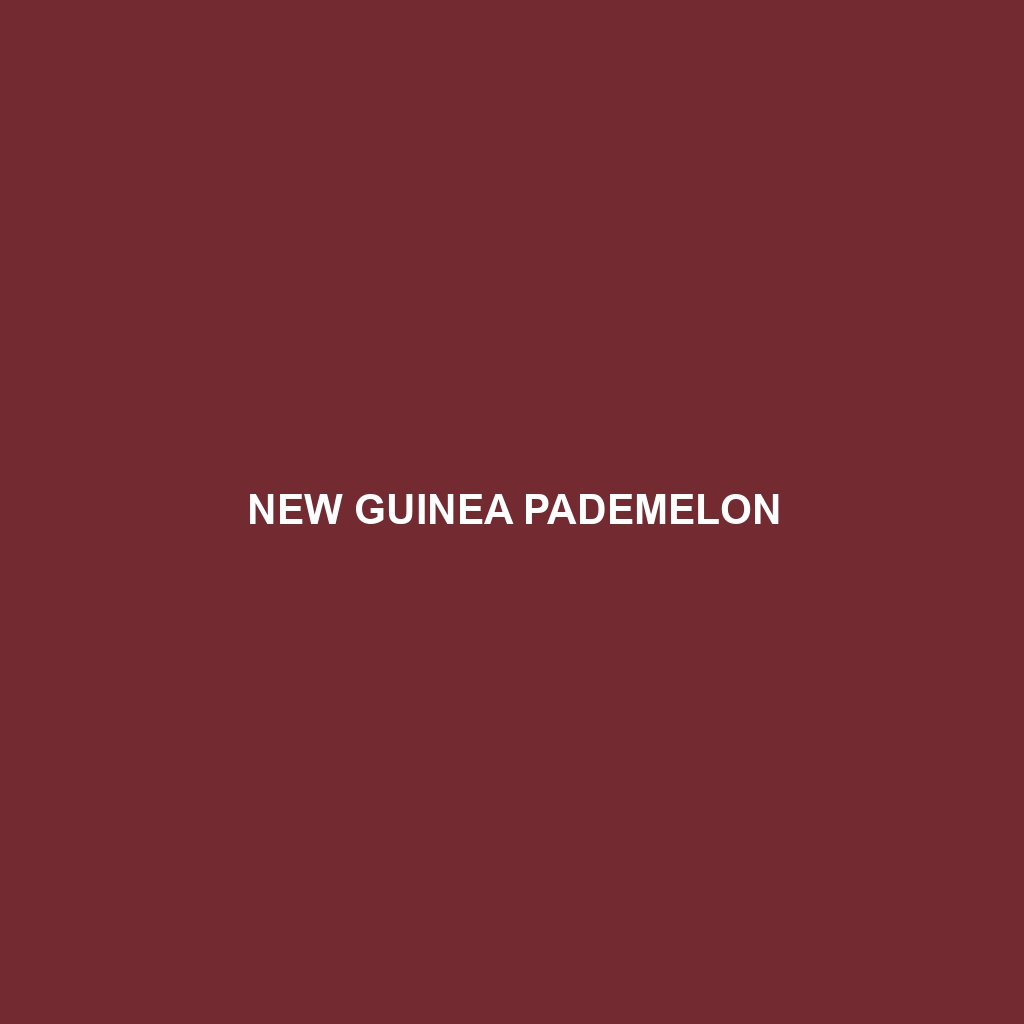New Guinea Pademelon (Thylogale browni)
The New Guinea Pademelon, scientifically known as *Thylogale browni*, is a small, nocturnal marsupial endemic to the rainforests of New Guinea. Resembling a miniature kangaroo, this solitary creature is a member of the Macropodidae family. Its elusive nature and unique adaptations make it a fascinating subject for wildlife enthusiasts and researchers alike.
Physical Characteristics
Size: Adult New Guinea Pademelons are relatively small, standing around 50-60 cm in height, with a tail length of approximately 30-40 cm.
Weight: They typically weigh between 3.5 to 6 kg.
Coloration: Their fur is dense and soft, with a coloration that varies from a dark grey-brown on the back to a lighter, almost creamy underbelly. This gradient provides effective camouflage in their forest habitats.
Special Features: One of the most notable features is their robust hind legs, adapted for powerful hopping, which is their primary mode of locomotion. They also have a long, bushy tail that aids in balance.
Behaviors
Social Interactions: New Guinea Pademelons are mostly solitary, coming together only during the breeding season. They are known to be shy and elusive, often avoiding human contact.
Feeding Habits: These herbivores primarily feed on a diet of leaves, fruits, and grasses. They forage mostly at night, using their keen sense of smell to locate food.
Ecological Role: As seed dispersers, they play a crucial role in the propagation of various plant species within their ecosystem, thus maintaining the health and diversity of their rainforest environment.
Habitat
Location: New Guinea Pademelons inhabit the dense rainforests of New Guinea, thriving in both lowland and montane regions.
Environment: They prefer areas with thick understory vegetation, which provides ample cover and abundant food resources. Their habitats are often characterized by high humidity and steady temperatures.
Adaptations
Nocturnal Lifestyle: Their nocturnal nature helps them avoid many of the daytime predators and reduce water loss in the humid rainforest environment.
Camouflage: The gradient coloration of their fur helps them blend seamlessly into the forest floor, evading both predators and human detection.
Powerful Hind Legs: Adapted for jumping, these legs enable quick and efficient movement through the dense underbrush.
Conservation Status
Current Status: The New Guinea Pademelon is classified as Near Threatened on the IUCN Red List.
Threats: The primary threats include habitat loss due to logging and agricultural expansion, as well as hunting pressures.
Fun Facts
Marsupial Feature: Like all marsupials, female New Guinea Pademelons have a pouch in which they carry and nurture their young until they are mature enough to survive on their own.
Unique Movement: They can leap distances of up to 2 meters in a single bound, utilizing their powerful hind limbs.
Silent Wanderers: Despite their ability to hop vigorously, they move almost silently, a trait that aids in evading predators.
By understanding the New Guinea Pademelon’s unique characteristics and behaviors, we can better appreciate and protect this remarkable species and its vital role in the rainforest ecosystem.

